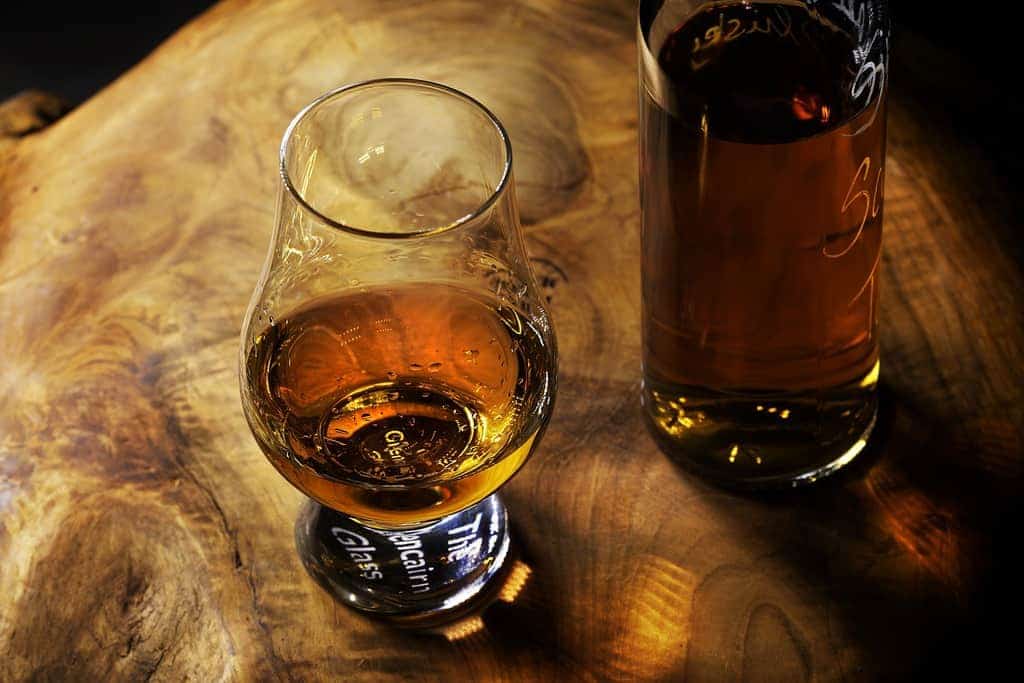With its intricate flavors and intoxicating aromas, whiskey has long been honored on the shelves of connoisseurs and collectors alike. According to ExpressVPN, assets of passion such as rare whiskey, fine art, luxury goods, and automobiles are viewed as relatively steady compared to Bitcoin. We’re taking you on a journey that will dive more deeply into the factors that have shaped the prices of these liquid gems.
The Whiskey Renaissance: A Spirited Resurgence
In recent decades, the fine and rare whiskey market has flourished, with distilleries crafting limited-edition releases and reviving age-old recipes. But what exactly fuels this increase in popularity?
1. The Allure of Rarity: Scarcity Breeds Value
At the heart of the whiskey market’s allure lies the principle of scarcity. As time passes, barrels age, and distilleries close, the finite supply of aged whiskey decreases. This natural scarcity sparks excitement among collectors, increasing bottle prices that offer a taste of history. Think about those legendary bottles, like the Macallan 1926 Fine and Rare, which fetch astronomical prices at auctions.
2. The Influence of Age: Maturation and Magic
Age matters in whiskey, and it’s more than just a number. Whiskey matures in barrels, interacting with wood and absorbing flavors that contribute to its complexity. Older whiskeys often command higher prices due to the extended maturation process that imparts depth and character.
Factors Shaping Whiskey Valuations
As we navigate the intricate landscape of whiskey prices, it becomes evident that multiple factors converge to determine a bottle’s worth.
1. Brand Legacy and Prestige
Like any luxury good, brand heritage plays a significant role in whiskey valuations. Established distilleries with centuries-old legacies evoke a sense of prestige that resonates with collectors. Brands like Glenfiddich steeped in tradition and craftsmanship, carry prestige that translates into higher price tags. The story behind the label often brings an additional value.
2. Limited Editions: Crafting Exclusivity
The allure of exclusivity has popularized the trend of limited-edition releases that dazzles enthusiasts. Often with intricate packaging and unique flavor profiles, these bottles become sought-after collector’s items. Think about the annual releases of the Buffalo Trace Antique Collection or the Pappy Van Winkle series. Their scarcity and the artistry behind their creation make them not just a drink but an experience worth investing in.
3. Whiskey Reviews and Critic Ratings
In an era where information is readily accessible, the opinions of whiskey critics hold immense sway over-valuations. A high rating from renowned critics can elevate a bottle’s status and drive demand. Websites like Whisky Advocate and Whisky Bible have become authoritative guides for consumers and collectors alike. Positive reviews can soar prices, while a bad one could hinder a bottle’s journey to greatness.
Exploring the Historical Trajectory
To truly understand the evolution of whiskey, we must go back in time and trace the trajectory of whiskey values.
1. Early Days: Whiskey as a Commodity
In its early days, whiskey was more commodity than collectible. It was a staple, a drink for the masses. Bottles were consumed as quickly as they were produced, and the notion of storing whiskey for investment was unheard of. Prices were modest, reflecting the practical nature of the spirit.
2. Prohibition Era: A Hiccup in History
The dark period of Prohibition in the United States brought the whiskey industry to a grinding halt. With legal distillation banned, the production of quality whiskey ceased, creating a shortage in supply. When Prohibition passed, the scarcity of aged whiskey led to an immediate price spike, setting the stage for the eventual rise of fine and rare bottles.
3. Mid-century Shift: Whiskey’s Changing Fortunes
The mid-20th century witnessed a seismic shift in the perception of whiskey. As consumers began to appreciate whiskey’s nuanced flavors and craftsmanship, the demand for quality bottles increased. This shift in perception set the foundation for the premiumization of whiskey, paving the way for the fine and rare category.
Conclusion
Whether you’re an investor, a collector, or simply a lover of whiskey, the story behind these bottles adds depth to the joy of sipping a glass of liquid gold. So, here’s to the past, present, and the captivating future of fine and rare whiskey. Cheers!


